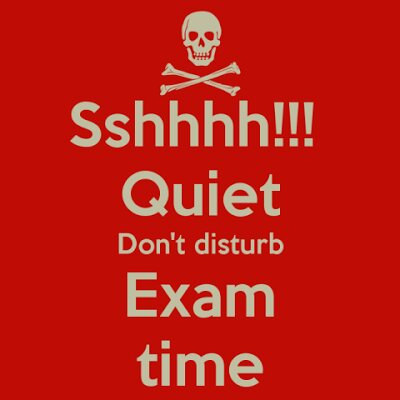Are you a brilliant biology student? try this question set 002

BIOLOGY QUESTION SET 002
Multichoice questionsinstructions:
Pick the most correct answers
1.Which one of the following sets contains only insect possessing halters?
A. Moths, butterfly, preying mantis
B. Mosquito, Tsetse fly, house fly.
C. Cockroach, grasshopper, beetle.
D. Bees, Wasp, Dragon fly.
2. The best way of finding out the number of rats in an abandoned farmland is by
A. direct counting.
B. quadrat method.
C. line transect method.
D. capture-recapture method.
3. Which one of the following will reduce the nitrate content in the soil most rapidly?
A. Deforestation.
B. Water logging
C. Mono cropping.
D. Over grazing.
4. When the environmental temperature reduces, the rate of gaseous exchange in a well illuminated plant decreases. This is mainly due to reduction in stomata aperture. the rate of transpiration. the rate of photosynthesis. the rate of tissue respiration
5. Which of the following is likely to occur when blood from a donor of blood group A is transfused with a recipient of blood group B?
A. Antibody a reacts with antigen b
B. Antibody b reacts with antigen a
C. Antigen a reacts with antigen b
D. Antigen b reacts with antibody b
6. When you are asleep, the part of the brain that controls breathing is the
A. cerebrum.
B. Medulla oblongata
C. cerebellum.
D. hypothalamus.
7. Which one of the following is a long term adaptation of a mammal to living in low environmental temperature?
A. Increased metabolic rate.
B. Raising the hair of the skin.
C. reduction of blood flow to the skin.
D. Deposition of fat under the skin.
8. In a person with a normal pancreas, liver and kidney, in which part of the nephron would you, not expect to find glucose?
A. Glomerulus.
B. Proximal convoluted tubule.
C. Bowman’s capsule.
D. Distal convoluted tubule.
9. Which one of the following represents a reflex arc?
A. Receptor- motor neurone – central nervous system- sensory neurone – effectors
B. Receptor- sensory neurone central nervous system- motor neurone ---effectors
C. Receptor- - central nervous system- motor neurone- sensory neurone - effectors
D. Receptor- sensory neurone- effectors- central nervous system - motor neurone.
10. A student recorded the following characteristics on the vertebra. Long neural spine Wide neural canal
Short transverse processes
The vertebra was;
A. cervical
B. atlas
C. thoracic
D.lumbar
11. Which one of the following pairs of hormones are produced by the reproductive organs in a mammals?
A. Oestrogen and progesterone
B. Follicle stimulating hormone and testosterone
C. Luteinizing hormone and Oxytocin
D. Luteinizing hormone and follicle stimulating hormone.
12. In which one of the following plant tissues does meiosis occurs regularly?
A. Pith.
B. Xylem.
C. Phloem.
D. Cambium.
13. The figure below shows the change in the dry mass of a seedling during germination.
Which of the following correctly explains the reduction in the dry weight between R and S?
A. Loss of mineral salts in the soil.
B. Loss of water through transpiration.
C. Stored food was being used up for respiration.
D. Decomposers were breaking down the seed coat.
14. Meiosis cell division is important in that it ensures that
A. all parental characteristics are inherited by offspring.
B. disadvantageous traits are eliminated in the next generation.
C. Variation in chromosomal number occurs among the offspring.
D. the species’ chromosomal number is not doubled after fertilization.
15. In cattle, the gene for hornless is dominant over the gene for development of horns. If a horned bull is crossed with a heterozygous hornless cow, what is the probability of producing a horned offspring?
A. 25%
B. 50%
C. 75%
D.100%
Answers to question set 002
See question set 001
Answers to question set 001



No comments:
Post a Comment